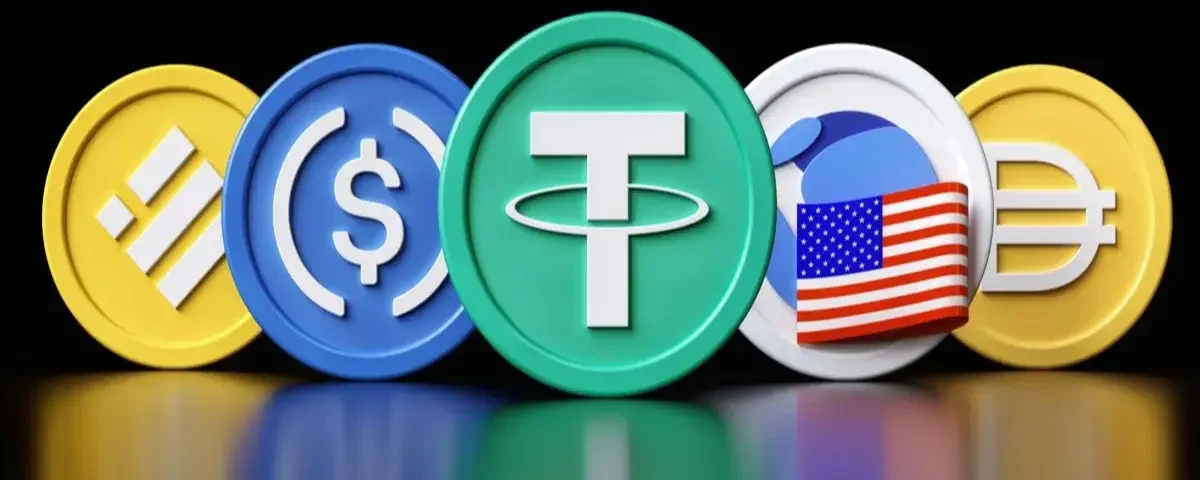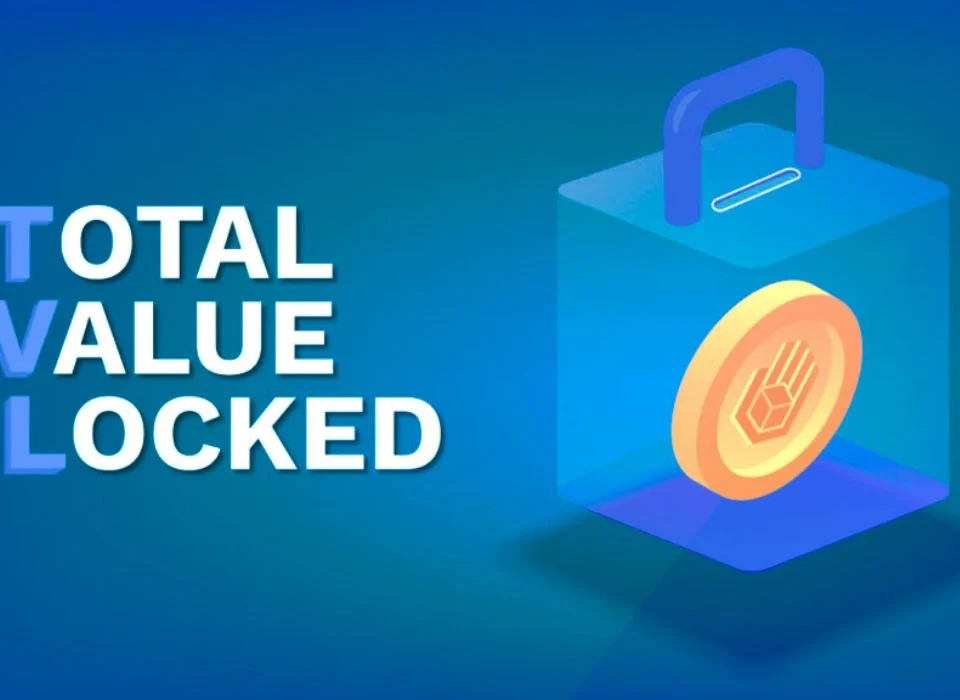
The Basics of Cryptocurrency Taxation
15/07/2024
How to Spot and Avoid Crypto Scams
15/07/2024The Benefits and Risks of Using Stablecoins
As the cryptocurrency market continues to evolve, stablecoins have emerged as a significant innovation, promising the benefits of digital assets while aiming to reduce the volatility typically associated with cryptocurrencies like Bitcoin and Ethereum. This article delves into the benefits and risks of using stablecoins, offering a comprehensive understanding of their role in the financial ecosystem. With a focus on SEO best practices, we will explore the various aspects of stablecoins, their types, advantages, and potential drawbacks.
What are Stablecoins?
Stablecoins are a type of cryptocurrency designed to maintain a stable value by being pegged to a reserve of assets such as fiat currency (e.g., USD, EUR), commodities (e.g., gold), or other cryptocurrencies. This pegging mechanism aims to reduce price volatility, making stablecoins a more reliable medium of exchange and store of value compared to traditional cryptocurrencies.
Types of Stablecoins
- Fiat-Collateralized Stablecoins: These are backed by fiat currencies in a 1:1 ratio. Examples include Tether (USDT), USD Coin (USDC), and TrueUSD (TUSD). These stablecoins are typically backed by reserves held in banks or trusted financial institutions.
- Crypto-Collateralized Stablecoins: These stablecoins are backed by other cryptocurrencies. They use mechanisms such as over-collateralization to manage volatility. Examples include Dai (DAI) from the MakerDAO system.
- Commodity-Collateralized Stablecoins: These are backed by commodities such as gold or real estate. Digix Gold (DGX) is an example, where each token is backed by a gram of gold.
- Algorithmic Stablecoins: These do not use collateral but instead rely on algorithms and smart contracts to control the supply of the stablecoin, thus maintaining its peg. Examples include Ampleforth (AMPL) and TerraUSD (UST).
Benefits of Using Stablecoins
1. Stability and Predictability
One of the primary benefits of stablecoins is their price stability. By being pegged to stable assets, they avoid the dramatic price swings seen in other cryptocurrencies. This stability makes them suitable for everyday transactions, savings, and as a medium of exchange.
2. Efficient and Fast Transactions
Stablecoins offer the speed and efficiency of cryptocurrency transactions without the volatility. Transfers can be completed in minutes, unlike traditional banking systems that can take days. This is particularly beneficial for cross-border transactions, which are often slow and expensive.
3. Accessibility and Inclusion
Stablecoins can provide financial services to individuals without access to traditional banking. With just a smartphone and internet connection, users can send and receive stablecoins globally. This financial inclusivity is particularly impactful in developing countries.
4. Lower Transaction Costs
Transactions using stablecoins typically incur lower fees compared to traditional banking and remittance services. This cost-effectiveness makes them attractive for both personal and business transactions.
5. Integration with Decentralized Finance (DeFi)
Stablecoins play a crucial role in the DeFi ecosystem. They are used in various DeFi applications such as lending, borrowing, and earning interest. Platforms like Compound and Aave leverage stablecoins to provide decentralized financial services, offering users high yields compared to traditional savings accounts.
6. Hedging Against Volatility
Traders and investors use stablecoins to hedge against market volatility. By converting volatile cryptocurrencies into stablecoins, they can protect their assets during market downturns without needing to convert back to fiat currency.
7. Enhanced Liquidity
Stablecoins provide liquidity to cryptocurrency exchanges, allowing for smoother and faster transactions. This liquidity is crucial for the functioning of trading platforms and for enabling users to move in and out of positions quickly.
Risks of Using Stablecoins
1. Centralization and Trust Issues
Many stablecoins, especially fiat-collateralized ones, rely on a central entity to hold the reserves. This centralization introduces counterparty risk, as users must trust that the entity genuinely holds the reserves and can redeem the stablecoins when required.
2. Regulatory Risks
Stablecoins face significant regulatory scrutiny. Governments and financial regulators are concerned about their potential to bypass traditional banking systems, facilitate money laundering, and impact monetary policy. Regulatory actions can affect the stability and availability of stablecoins.
3. Collateral Risks
For collateralized stablecoins, there is a risk that the collateral could lose value or become inaccessible. For example, if the underlying fiat currency faces hyperinflation or if the commodity price crashes, the stablecoin may not maintain its peg.
4. Algorithmic Stability Risks
Algorithmic stablecoins rely on complex algorithms to maintain their peg. These systems are vulnerable to market conditions and can fail if they cannot adjust the supply quickly enough to match demand. This can lead to de-pegging and loss of value.
5. Security Risks
As digital assets, stablecoins are susceptible to hacking and cyber-attacks. If the smart contracts managing the stablecoins have vulnerabilities, they can be exploited, leading to significant financial losses.
6. Lack of Transparency
Not all stablecoins offer full transparency regarding their reserves and operations. Without regular audits and disclosures, users cannot verify the actual backing of the stablecoins, leading to potential mistrust and instability.
7. Economic Impact
Widespread use of stablecoins can impact traditional banking systems and monetary policy. Central banks may find it challenging to implement monetary policy if stablecoins become the preferred medium of exchange and store of value, potentially leading to financial instability.
Case Studies of Popular Stablecoins
Tether (USDT)
Tether is the most widely used stablecoin, pegged to the US dollar. Despite its popularity, Tether has faced controversies regarding the transparency and adequacy of its reserves. Regular audits and increased transparency have been demanded by users and regulators.
USD Coin (USDC)
USDC, issued by Circle and Coinbase, is another major fiat-collateralized stablecoin. It is known for its transparency and regular audits, making it a trusted option for many users and institutions.
Dai (DAI)
Dai is a decentralized stablecoin created by MakerDAO. It is collateralized by other cryptocurrencies and maintains its peg through a system of smart contracts and collateralized debt positions (CDPs). Dai’s decentralized nature and algorithmic stability mechanisms make it a unique player in the stablecoin market.
The Future of Stablecoins
Increased Adoption
As more businesses and individuals recognize the benefits of stablecoins, their adoption is expected to grow. They offer a bridge between traditional finance and the cryptocurrency world, providing stability and efficiency.
Regulatory Developments
Regulatory clarity and frameworks will play a significant role in the future of stablecoins. Governments worldwide are working on policies to regulate stablecoins, ensuring they are used responsibly while fostering innovation.
Technological Advancements
Advancements in blockchain technology and smart contracts will enhance the functionality and security of stablecoins. Improved algorithms and decentralized systems can address some of the current risks associated with stablecoins.
Integration with Central Bank Digital Currencies (CBDCs)
Stablecoins and CBDCs could coexist and complement each other. Central banks may leverage stablecoin technology to develop their digital currencies, ensuring wider adoption and integration into the financial system.
Expanding Use Cases
The use cases for stablecoins will continue to expand beyond payments and trading. They can be used for remittances, lending, savings, and as collateral in various financial products. The DeFi ecosystem will further drive innovative applications of stablecoins.
Conclusion
Stablecoins have emerged as a vital component of the cryptocurrency ecosystem, offering the stability of traditional assets with the benefits of digital currencies. Their potential to revolutionize payments, finance, and commerce is immense, but they also come with significant risks that need to be managed.
As the regulatory landscape evolves and technology advances, stablecoins are likely to become even more integral to the global financial system. Understanding their benefits and risks is crucial for users, investors, and regulators to harness their potential while mitigating associated challenges. Whether you are a crypto enthusiast, a business owner, or a regulator, staying informed about stablecoins will be essential in navigating the future of digital finance.




1 Comment
[…] Bitcoin is the most widely recognized cryptocurrency, others like Ethereum, Litecoin, and stablecoins (e.g., USDC, Tether) are also popular for transactions. Each cryptocurrency has its own advantages […]